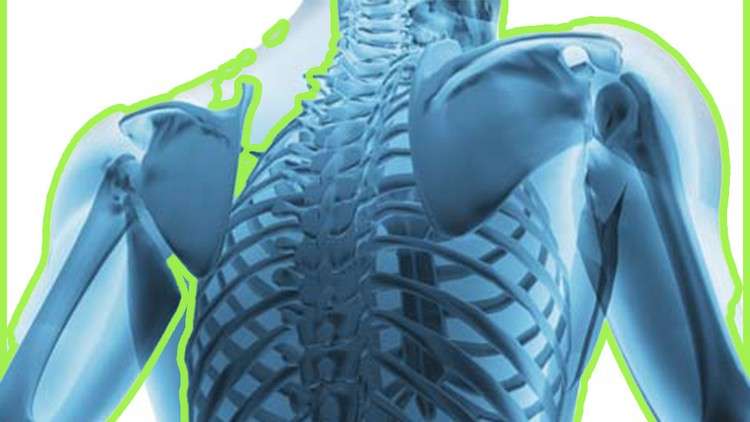
Rolfing really helps re-align your posture and ease the discomfort & pain that you may feel in your muscles and joints.
What you will learn
The History and Theroy of Rolfing
The Science Behind Rolfing
The Reasons Most People Need Rolfing
The Techniques of Rolfing
Description
Rolfing, officially known as Structural Integration, is a form of bodywork that focuses on manipulating and reorganizing the connective tissues (fascia) in the body. The practice aims to improve posture, enhance flexibility, and alleviate pain or discomfort by bringing the body into more optimal alignment.
Key features of Rolfing include:
- Fascial Manipulation: Rolfing practitioners use hands-on techniques to apply pressure and manipulate the fascia, the connective tissue that surrounds muscles, bones, and organs. The goal is to release tension, improve mobility, and create a more balanced and integrated structure.
- Ten-Series Approach: Rolfing typically involves a series of ten sessions, known as the “Ten-Series.” Each session is designed to address specific areas of the body and progressively work towards achieving overall structural alignment. The sessions are organized to target different segments of the body, starting with superficial layers and gradually moving towards deeper layers.
- Whole-Body Approach: Rolfing is based on the belief that the body is an interconnected system, and imbalances in one area can affect the entire structure. Practitioners assess the client’s posture, movement patterns, and overall body alignment to tailor the sessions to individual needs.
- Postural Education: Rolfing sessions often include postural education, where clients learn to be more aware of their body’s alignment and movement patterns. This awareness can empower individuals to make conscious changes in their daily activities to maintain the benefits of the Rolfing work.
- Pain Relief and Increased Mobility: Many people seek Rolfing to address chronic pain, discomfort, or restrictions in movement. By releasing tension in the fascia, Rolfing aims to alleviate pain, improve flexibility, and enhance overall physical well-being.
It’s important to note that while some individuals report positive outcomes from Rolfing, scientific research on its effectiveness is limited compared to more mainstream forms of therapy. As with any alternative or complementary approach, it’s advisable to consult with healthcare professionals and choose practitioners with proper training and credentials. Rolfing sessions should be conducted by certified Rolfers who have completed formal training in Structural Integration.
Ida Rolf was the inventor of this wonderful therapy of rolfing and it is in this course that you will learn all you need to know to not just get started but to learn how to have a better posture and overcome pain in your body. Then you can begin to see if this therapy and even career in roofing is for you!
Content